
The Complete Guide to Leveraging Mobile Optimization for Higher SEO Rankings
With over 63% of US organic searches happening on mobile devices, failing to optimize for mobile can drastically harm your SEO and site traffic.
In this comprehensive guide, we’ll cover why mobile optimization is critical for rankings, technical best practices to follow, key metrics to track, and pitfalls to avoid.
Let’s dive in and explore how to leverage mobile to boost SEO visibility and performance.
Why Mobile Optimization Impacts SEO Rankings
There are several factors that make mobile optimization an essential ingredient for high search engine rankings:
1. Google Mobile-First Indexing
As of 2018, Google switched to a mobile-first index, meaning the mobile version of pages are used for ranking purposes. If the mobile experience is lacking, rankings suffer.
2. Poor Mobile UX Signals Relevance Issues

A clunky mobile experience signals relevance and usability issues that will be factored into rankings. Optimized mobile pages are seen as more authoritative.
3. More Searchers on Mobile
Over 63% of all Google searches now happen on smartphones. If pages aren’t mobile-friendly, they’ll never be seen by the majority of searchers.
4. Faster Page Speed Expectations
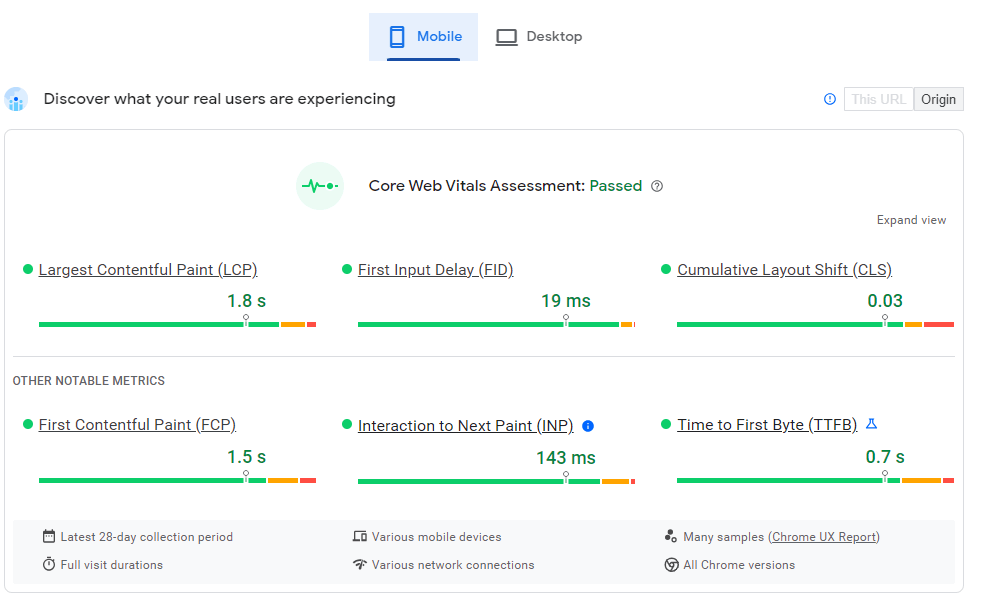
Mobile users demand faster page speeds. If a page loads slowly on mobile, bounce rate spikes and Google will detect this lack of engagement.
5. Link Shareability and Social Signals

Content shared on social networks and messaging apps now originates predominantly on mobile. A mobile-friendly experience facilitates better social sharing.
6. Local Search Domination
Near me searches happen on smartphones. A site not optimized for local mobile searchers will struggle for critical local visibility.
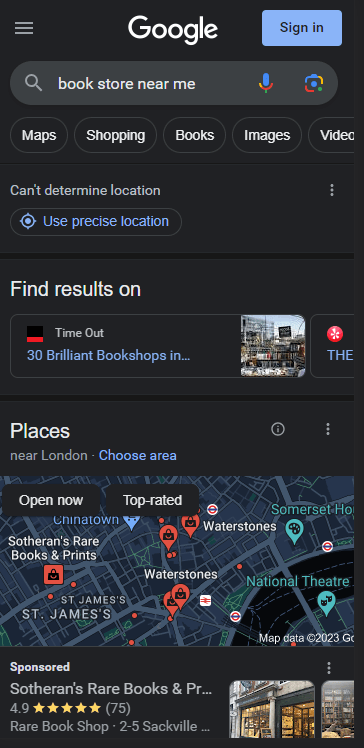
Simply put – if your website is not fully optimized for mobile, you are missing out on massive opportunities to connect with customers in SERPs.
Now let’s explore specific technical optimization best practices.
Technical Mobile SEO Best Practices
Here are key technical elements to optimize for better mobile performance:
Responsive Web Design
Implement a fully responsive design using CSS media queries and fluid grids that adapt seamlessly to fit phones or tablets.
Mobile Load Speed Optimization
Compress images, minify code, remove render blocking resources and enable caching to deliver faster mobile page speeds.
Avoid Interstitial and Popups
Avoid interstitial and popups that block content on mobile. Google sees these as barriers to site access on smaller screens.
Streamline Forms
Simplify data input by reducing form fields and using page-appropriate input types like check-boxes, sliders and taps.
Legible Typography
Use proper font sizes, spacing and contrast for all text to ensure readability on small screens.
Tap Target Sizing and Spacing
Size buttons and touch targets to at least 48 CSS pixels widespaced at least 8 pixels apart for easy tapping without fumbling.
Avoid Too Much Scrolling
Balance scrolling with concise page content. Marathon scrolling journeys diminish engagement on phones.
Offline Access
Use a service worker for limited offline access to retain engagement when mobile connections drop.
AMP Implementation
For news and blog content, implement Google’s Accelerated Mobile Pages (AMP) markup for enhanced mobile speed.
These technical foundations create excellent mobile user experiences that search engines reward with higher rankings.
Key Mobile SEO Metrics to Track
To connect mobile UX improvements with tangible SEO results, monitor these key metrics:
Mobile Page Speed
Track mobile-specific page load speed benchmarks like First Contentful Paint and Time to Interactive using tools like PageSpeed Insights.
Mobile Bounce Rate
Monitor mobile bounce rate by source in Google Analytics and aim to reduce it through progressive enhancements.
Pages Per Mobile Session
More pages viewed per session signals better engagement on mobile that Google weights positively.
Mobile Goal Conversions
If conversions per mobile session increase along with rankings, you’re truly optimizing for user experience.
Rankings for Mobile Keywords
Target searches like “Book Store near me” that are inherently mobile-focused and track rankings in Google.

Mobile Local Pack Impressions
Measure your mobile visibility for valuable local pack results related to location-based searches.
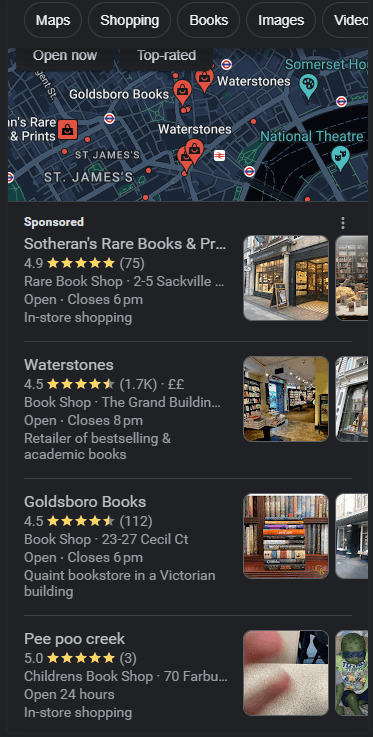
Continually monitor key mobile metrics to correlate optimizations with tangible SEO results.
Common Mobile SEO Pitfalls to Avoid
While optimizing for mobile, sidestep these common missteps:
Separate Mobile URLs
Don’t use separate mobile URLs. This can dilute signals to pages. Use responsive design on a single URL.
Redirecting Mobile Users
Don’t redirect mobile users. Serve the same optimized experience instead of redirecting to a separate “mobile site”.
Leaving Desktop Site Unchanged
Don’t just “mobilize” – a full responsive redesign usually maximizes user experience on all devices.
Not Testing Real Mobile Use
Thoroughly test mobile experience on actual phones – emulators don’t catch all real-world device issues.
Excessive Popups and Interstitial
Avoid obtrusive popups and interstitial that hurt the mobile experience and trigger Google penalties.
Failing to Track Mobile Conversions
Enable tracking of mobile conversions separately from desktop using Google Analytics’ channel features.
Incorrect Mobile Markup
When implementing AMP or Apple Touch Icon markup, follow specifications precisely to avoid mobile errors.
Carefully avoid these missteps to ensure your mobile optimization efforts pay dividends for organic rankings – not penalties.
Tools for Mobile SEO Testing and Optimization
Here are useful tools for mobile optimization:

- PageSpeed Insights– Mobile page speed and UX checks

- Google Analytics– Custom mobile vs desktop reporting

- Google Lighthouse– Mobile performance auditing
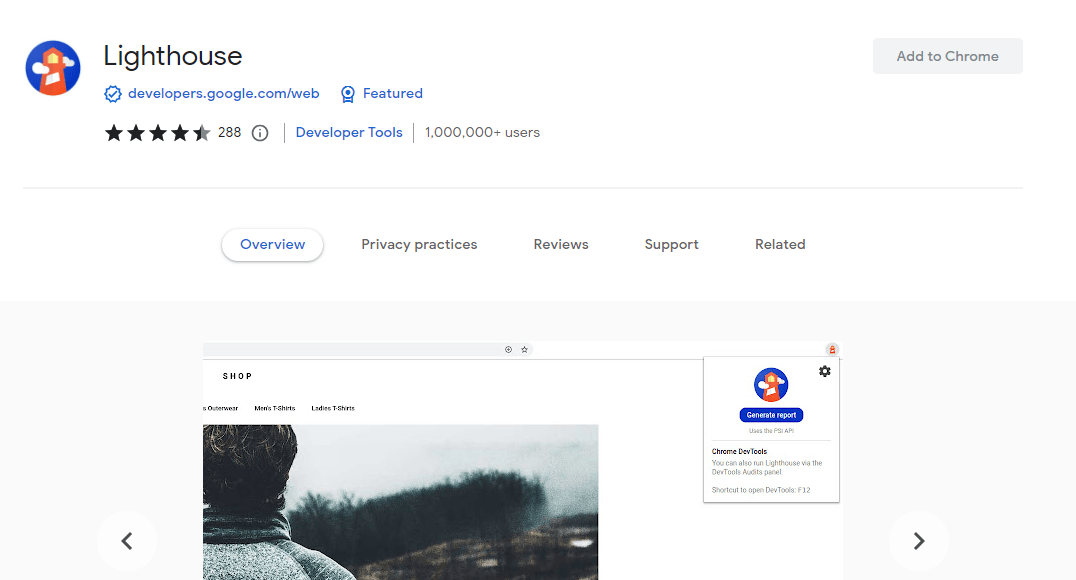
- WebPageTest– Mobile page load speed bench-marking
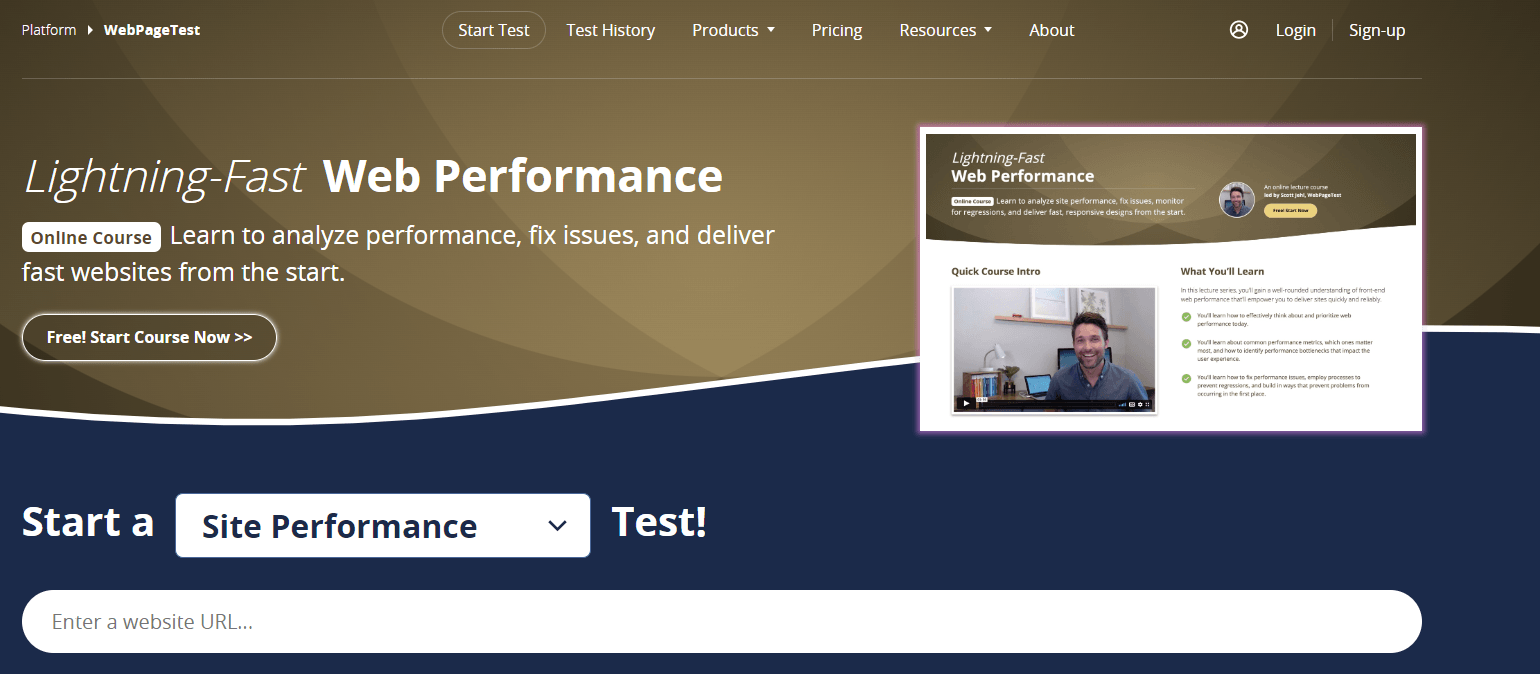
- BrowserStack– Test across multiple real devices

- AMP Validator– Validate proper AMP markup
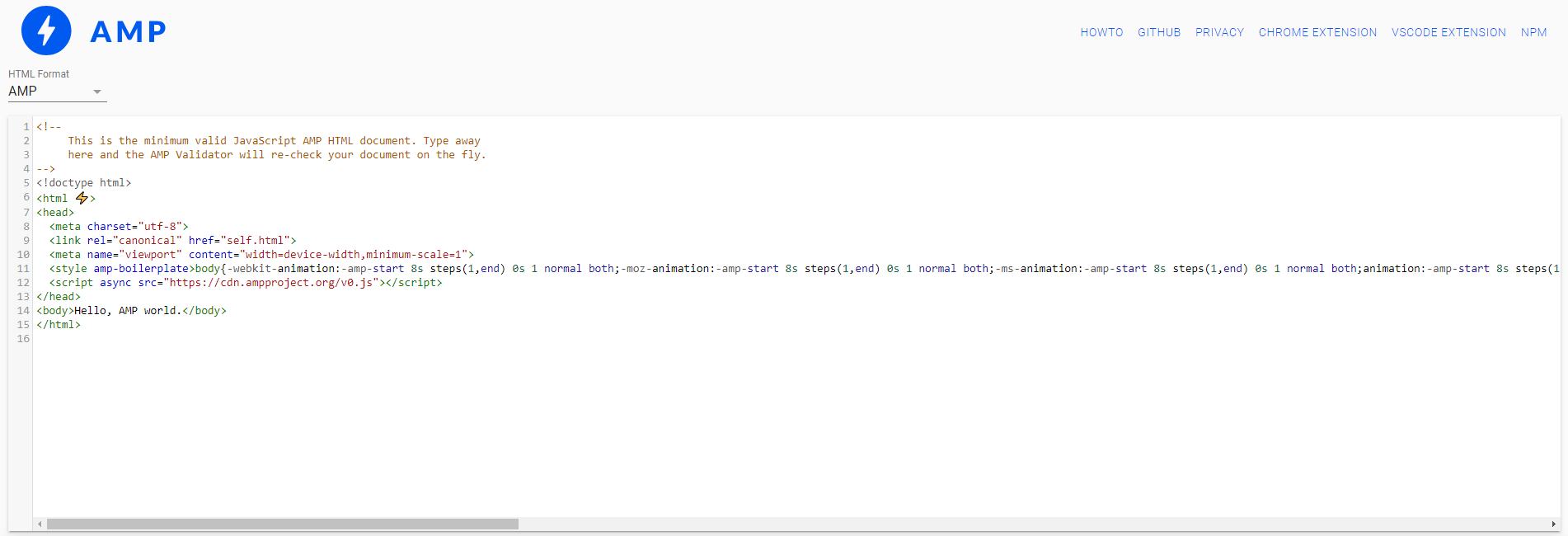
- Pingdom– Mobile site load speed monitoring

Leverage these tools to identify mobile issues, validate optimizations, and monitor real mobile visitor experiences.
FAQs Around Mobile SEO
Here are answers to some common mobile SEO questions:
How long does it take for mobile optimizations to impact rankings?
What is more important - optimizing for mobile speed or conversion rate?
Does Google use real user mobile data for rankings?
Can I hide some site content from mobile users?
How do I know if my site’s mobile or desktop version is indexed?
Should I build a dedicated mobile site or responsive pages?
Can I get by with just optimizing mobile landing pages?
Wrapping Up
With mobile representing the majority of search volume, achieving high rankings today is impossible without mobile optimization.
Use this comprehensive guide to audit your existing mobile SEO foundations. Identify weak points causing friction on mobile. Then implement the technical and UX fixes necessary to satisfy modern search expectations.
Consistently track mobile analytics to correlate your optimizations with tangible SEO results. Monitor both technical metrics and engagement metrics like lower bounce rates or longer session durations.
By investing in the mobile experience now, you ensure your pages connect with today’s searching majority and avoid missed opportunities.
Want help executing advanced mobile SEO initiatives at your company? Our technical SEO specialists can audit your site, uncover gaps, and implement mobile optimizations proven to boost organic search visibility. Contact us to kickstart your mobile SEO journey.




